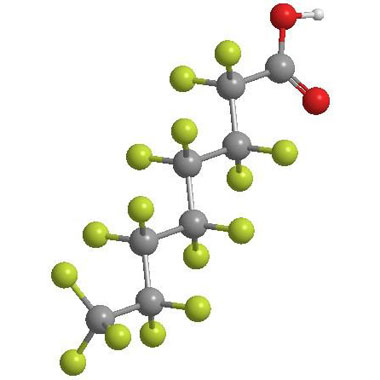

The first action in this initiative is changing the name of Canada Geese to America Geese

The first action in this initiative is changing the name of Canada Geese to America Geese

Manufacturers of food equipment materials, nonfood compounds and chemicals can now certify their products to NSF’s PFAS-Free guideline, demonstrating a commitment to human and planet health.

The FDA is sharing interim results from its ongoing sampling of 60-day aged raw milk cheese

The FDA and CDC, in collaboration with state and local partners, are investigating illnesses in a multistate outbreak of Listeria monocytogenes infections linked to Lyons ReadyCare and Sysco Imperial Frozen Supplemental Shakes. There have been 38 illnesses associated with the strain of Listeria monocytogenes and 11 deaths.

Designing a restaurant to prevent the spread of foodborne illness requires a plan to sanitize all high-touch surfaces. By examining the contamination risk of these surfaces in particular, restaurant administrators can devise sanitation strategies that further minimize the risk of bacterial growth in the restaurant.
Miller’s appointment brings extensive expertise in strategic planning, R&D, marketing and other core business functions built over her tenure at global food and beverage brands, including The Coca-Cola Company and Kellogg Company.
Food industry suppliers face enormous challenges as they balance safety standards with affordability. Suppliers must navigate these responsibilities while dealing with steadily increasing costs, from predicting supply needs to maintaining proper storage conditions to ensuring public safety protocols.

Creating safer and more sustainable food environments is essential for today’s food service professionals. Prioritizing practices like managing pesticide exposure in high-risk foods, maintaining food-contact surface hygiene, and adopting eco-friendly strategies can make a significant difference. By focusing on these key areas, restaurants can reduce contamination risks, meet health standards, and respond to the growing demand for responsible dining.
Tastings should be exciting events that attract attention to your business or cause. Tastings should not be dangerous events that send most of your guests home with stomach pains — or worse, to the hospital with severe health concerns. Unfortunately, if you aren’t careful to maintain the highest standard of food safety practices, your tasting event could end up like the latter.
Protecting patients from contamination in healthcare facilities must be a priority for care providers and food service staff alike. Effective measures include tailored cleanliness and cross-contamination protocols, solid communication, and regular training, among other elements. With well-informed collaborations and clear guidance, there’s a better chance of enhancing everyone’s understanding of how to keep patients both nourished and safe.